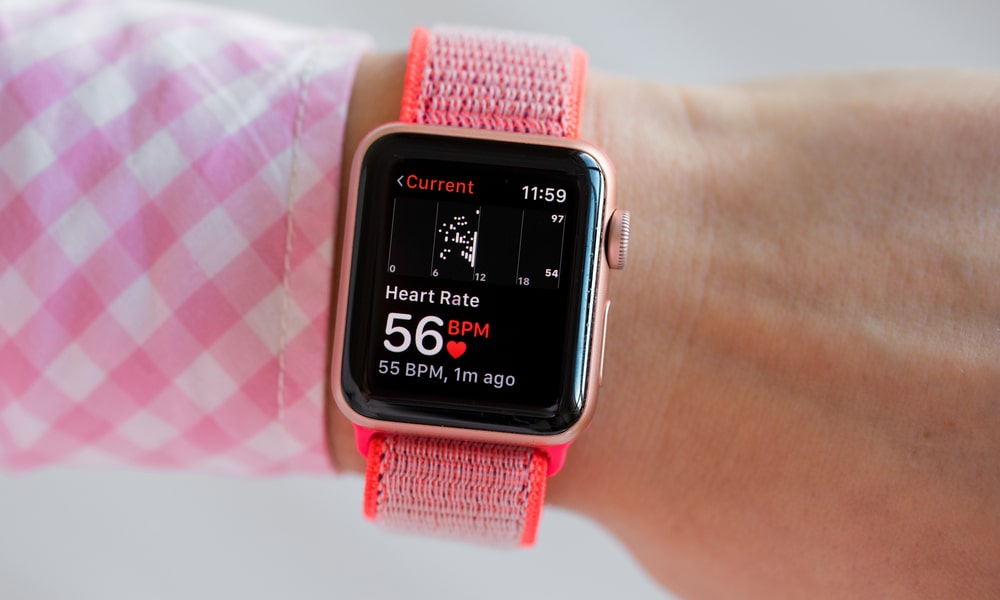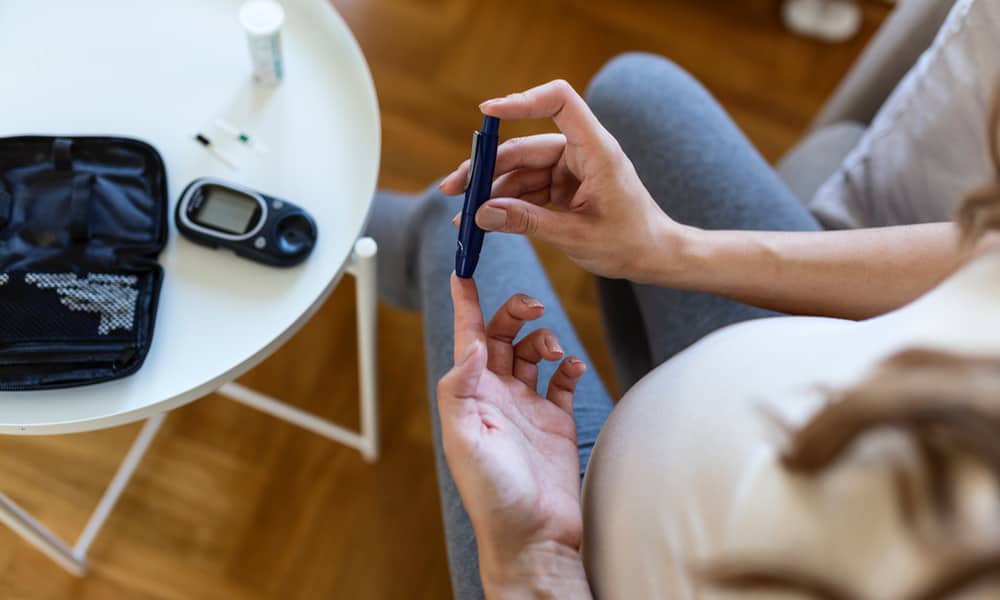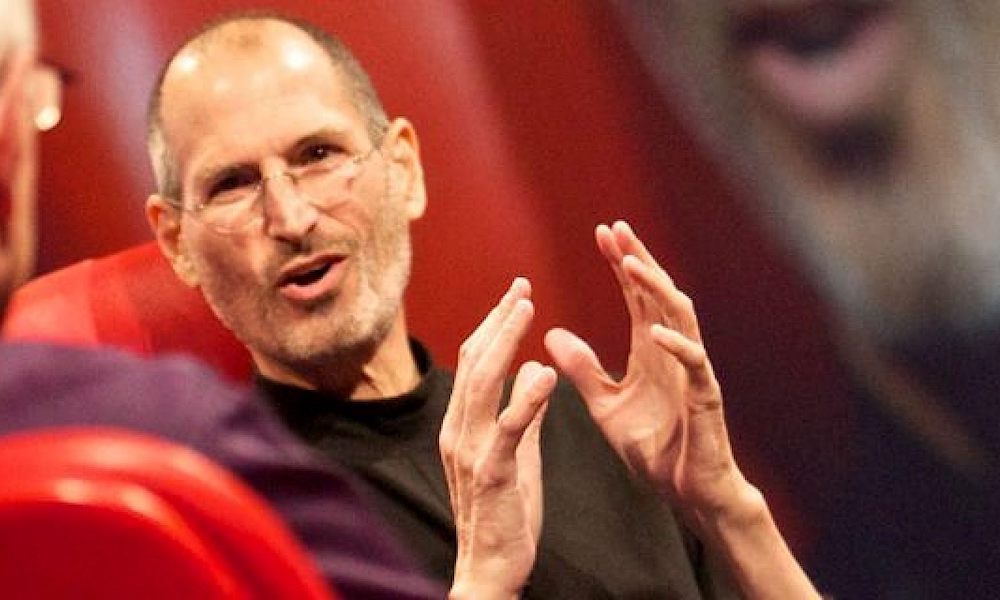Apple’s Most Secretive Project Is Non-Invasive Blood Glucose Monitoring — And It’s Almost Ready
 Credit: Kaspars Grinvalds / Shutterstock
Credit: Kaspars Grinvalds / Shutterstock
Toggle Dark Mode
Apple’s work on blood glucose monitoring for the Apple Watch may be much further along than we’ve believed. A new report suggests it started work on the technology years before the Apple Watch came to market.
Non-invasive blood glucose monitoring has long been considered one of the holy grails of medical research. Researchers have been working on ways to measure blood glucose levels since at least 1975. Yet, with hundreds of millions of dollars spent, we have yet to see even a single solution that’s accurate enough to result in a clinically or commercially viable product.
So, it doesn’t come as much of a surprise that Apple has been working on this project for longer than most people realized. In fact, it may be one of Apple’s best-kept secrets.
According to the 2020 National Diabetes Statistics Report, nearly 35 million people in the U.S. have diabetes; that’s about 10 percent of the U.S. population, and those numbers are increasing, with over a million new cases diagnosed each year. Those living with diabetes must take regular measurements of their blood glucose levels, which requires drawing blood, usually by pricking the finger with a small needle, sometimes multiple times daily.
This makes it pretty easy to see how non-invasive blood glucose monitoring technology could improve the lives of millions of people overnight. It would be a dream come true for those with diabetes to have a device like the Apple Watch monitor their blood sugar levels and alert them when something is amiss.
Apple’s ‘Exploratory Design Group’
According to Bloomberg’s Mark Gurman, Apple has had a secret project codenamed E5 underway since the Steve Jobs era. It involves hundreds of engineers working in a top-secret division of the company that most have never heard of: the Exploratory Design Group, codenamed XDG.
It’s one of the most covert initiatives at the famously secretive Apple. Mark Gurman
This is the “moonshot” division of Apple, akin to Google’s Project X, which now lives under the parent company Alphabet. Except that Alphabet publicly acknowledges “X” as “The Moonshot Factory.” Apple’s XDG is cloaked in a level of secrecy that would be the envy of the shadowiest government agencies.
According to Gurman’s sources, Apple’s work on non-invasive blood glucose monitoring began in 2010 while Steve Jobs was still at the helm. Jobs directed Apple to purchase RareLight, a small startup that had been working on an early approach to non-invasive blood glucose monitoring.
Once the acquisition was completed, Apple spun off a startup called Avolonte Health LLC, and tasked RareLight’s founder, Bob Messerschmidt, to begin work on a new project, codenamed E68, which would become a bedrock of Apple’s health technology vision.
Avolonte Health LLC was run at a significant arms-length from Apple, such that nobody ever managed to connect the dots. It allowed Apple’s research team to work with partners and establish patents under the guise of a small independent startup without tipping its hat to any more ambitious plans for the technology.
The startup was run out of a small office building in Palo Alto, about 12 miles from Apple’s headquarters. Team members had Avolonte employee badges, rather than ones from Apple. That strategy kept Apple’s work under wraps during human trials, as well as its efforts to gain patents and line up partners.Mark Gurman
In 2011, Messerschmidt was replaced by Apple veteran Michael Hillman, who led the team until 2015. At that point, the project was moved into the XDG, a division led by longtime scientist and engineering executive Bill Athas. That’s around the time the first rumours of Apple’s work on non-invasive blood glucose monitoring began to surface. Athas passed away unexpectedly at the end of 2022, with work being led by some of his top deputies who now report directly to Johny Sroji, Apple’s Senior VP of Hardware Technologies and the driving force behind the company’s chip designs.
Ready for a Proof of Concept
Gurman’s sources report that Apple’s project has now reached a proof-of-concept stage, although it’s not yet to the point where it’s been miniaturized enough to fit into an Apple Watch.
Instead, engineers are working on developing a larger prototype device that would be strapped to a person’s bicep. This would be about the size of an iPhone, but that’s significantly better than the early tabletop version of the technology.
Apple has already conducted hundreds of trials over the past 12 years, many of which were conducted by Avolonte Health without much fanfare. Apple has also been having preliminary discussions about getting government approval for the system.
The company has tested the glucose technology on hundreds of people over the past decade. In human trials, it has used the system with people who don’t know if they’re diabetic, as well as people with prediabetes and Type 2 diabetes. It has compared its own technology to standard tests on blood drawn from veins and samples taken from a prick in the skin, known as capillary blood. Mark Gurman
According to sources familiar with Apple’s plans, the project is not just about helping those with diabetes manage their condition; Apple hopes to develop it as a preventative measure that could warn those who are pre-diabetic in time to make lifestyle changes to avoid the onset of Type 2 diabetes.
Over the past few years, we’ve heard some reports of Apple lining up the necessary chips and sensors to power the system, but it appears that at least one company suffered Apple’s wrath for speaking out of turn. In 2021, Rockley Photonics disclosed its long-standing relationship with Apple as part of its regulatory filings in preparation for going public. Gurman notes that Apple “later ended the partnership,” and Rockley recently filed for bankruptcy.
Steve Jobs is said to have had a strong vision for the intersection of health care and technology, and the company’s executives have been diligently carrying that torch forward. Tim Cook has said on several occasions that he wants healthcare to be one of Apple’s most important legacies, and there’s no doubt it has the hardware and software expertise — and the very deep pockets — to make that happen.
[The information provided in this article has NOT been confirmed by Apple and may be speculation. Provided details may not be factual. Take all rumors, tech or otherwise, with a grain of salt.]













